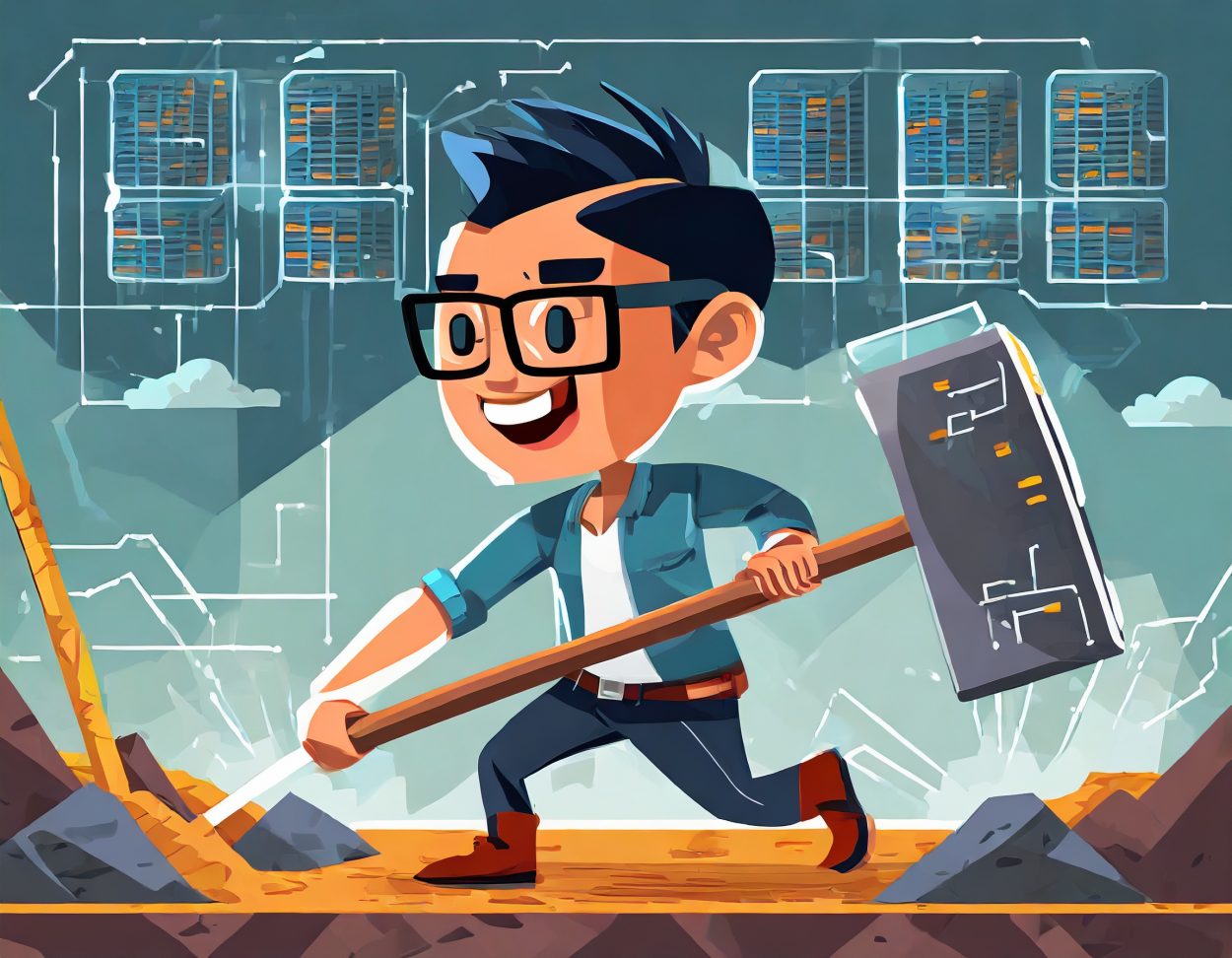Welcome to the first entry in my series where I’ll be chronicling the journey of building a new platform, week by week. This project is not just about the technical aspects of platform development but also about the business insights, stakeholder interactions, and the tools that make it all possible. I invite you to my world to come along for the ride.
I recently joined Gallo Mechanical as their VP of Analytics. Gallo is a national leader in the construction services industry and from day one of speaking to them, I knew this was a place I wanted to be. The success of Gallo is a testament to the strength and focus of its leadership and employees. Im excited to help bring a data and analytics mindset and apply it to the day to day and strategic operations of the business.
Let’s dive into Week 1.
Setting the Stage
Understanding the Business
The first step in this journey is immersing myself in the business. This week, I dedicated time to study the business model, its objectives, and the market it operates in. Understanding the business at its core is crucial for aligning the platform with its goals. I’ve had meetings with various department heads to gain insights into their expectations and needs from the platform.
Meeting Key Stakeholders
Building a platform is a collaborative effort. This week, I started meeting with key stakeholders. These include department leads, IT personnel, and potential end-users. Each conversation is an opportunity to understand their vision, pain points, and expectations. This will ensure the platform is tailored to meet the diverse needs of its users.
Initially, my primary focus has been to meet with financial stakeholders. This is a concept that is common since all OKR roads lead back to Finance. By starting there, you can better understand the overall goals of the organization.
Technical Setup
Choosing Vendors and Setting Up Discussions
A significant part of this week was spent in identifying and initiating conversations with potential vendors. The platform’s success heavily relies on the right partnerships for hardware, software, and support services. I’ve shortlisted vendors based on their market reputation, compatibility with our needs, and scalability options. The coming weeks will involve detailed discussions and negotiations with them.
Installing and Configuring Tools/Software
The right set of tools is the backbone of efficient platform development. This week, I focused on selecting, installing, and configuring various development tools. This includes:
- Cloud Platform: The core of the platform is Snowflake on AWS. You can choose whatever you like but I prefer the ease of use of Snowflake and the suite of tools available for me. I considered Databricks but it would be overkill for our needs here at Gallo.
- Documentation: To catalog the work and details of the platform, I am using Notion and Miro. For now, with just me, it’s free. I can easily share out pages and diagrams.
- Project Management Tools: To keep the project on track and manage tasks. I am still considering what to do on this. The company uses Trello for a bunch of stuff. JIRA at this point would not be cost effective for a single person. I’ll have more on this later.
- Data Ingestion and ETL: Getting the data from the sources to the warehouse is going to be the biggest challenge of the platform. The mechanical services industry has some specific tools that don’t have the best focus on data. Vendors seem very scared to push our data out of their platforms. I am choosing Portable and Fivetran as my potential vendors.
- Data Observability: In the coming weeks, once I have a small platform up, I’ll work with Monte Carlo to get our observability platform up and running. This will ensure that the data we have flowing in is what we expect. Being a small team, this is crucial.
Learning and Adapting
Even though I have now done this a few times, every step of this journey is still a learning experience. Every business is different. This week, I’ve started to familiarize myself with new tools and technologies that will be crucial in the development process. I’m also keeping an open mind to adapt my approach based on the feedback from stakeholders and the evolving needs of the business.
Action Summary
- Installed and Configured Snowflake with user/role security.
- Negotiated and signed the API agreement for our core platform that feeds data to the warehouse.
- Met with Snowflake, Fivetran and Portable to discuss needs
Looking Ahead
As we move into Week 2, the focus will shift towards finalizing vendor agreements, deepening my understanding of the business requirements, and starting the initial phase of design and development. It is Thanksgiving week so I may bundle with next week’s work for content. Stay tuned for more updates as we progress in this exciting journey of building a new platform.
Join me next week as we delve deeper into the intricacies of platform development and witness how a concept gradually transforms into a tangible, functioning entity. Your thoughts and suggestions are always welcome, so feel free to email me your comments. john@slingspace.com




